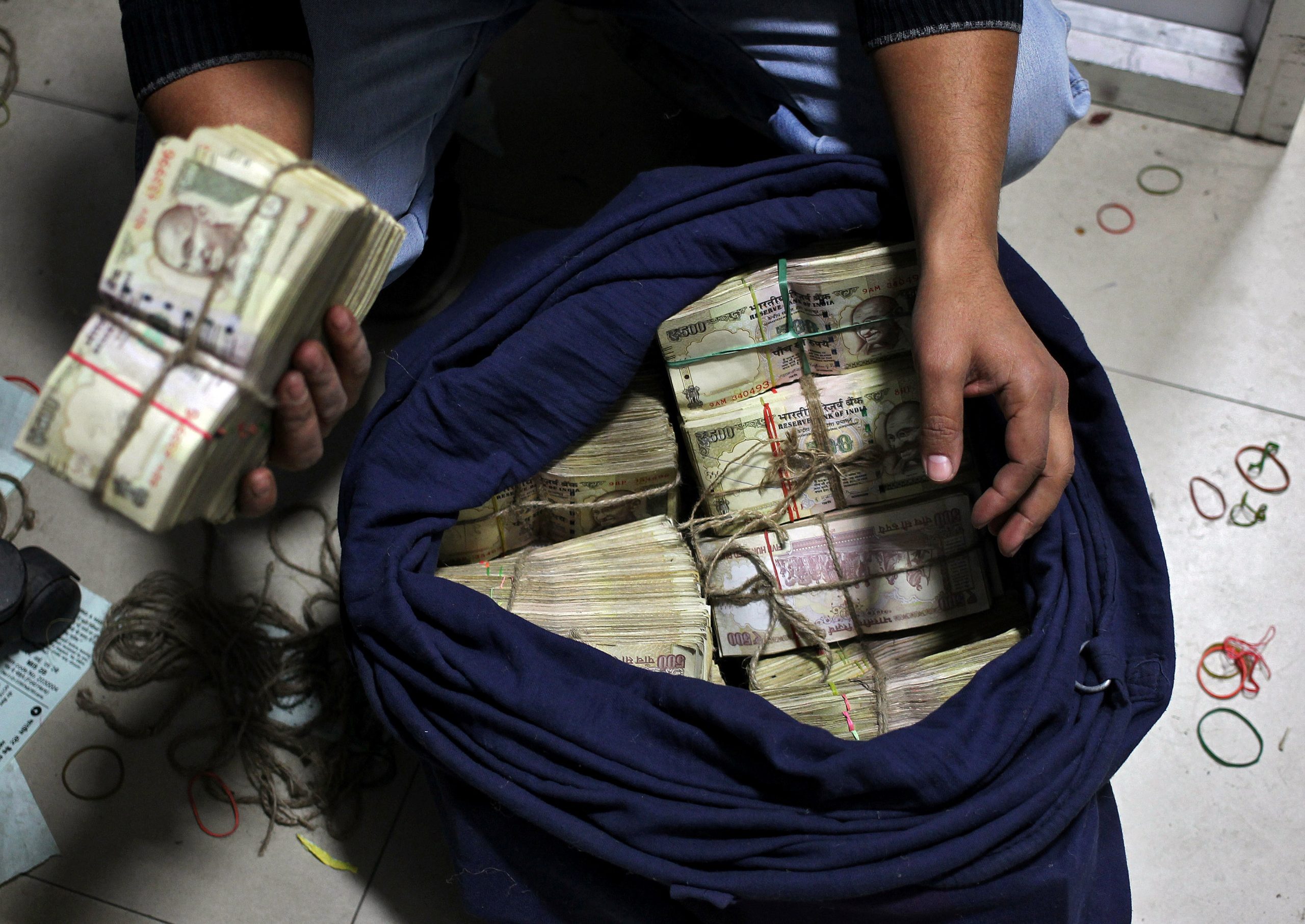[ad_1]

The Supreme Court docket’s judgment on demonetisation is a large increase for the Centre. (Representational)
New Delhi:
Prime Minister Narendra Modi’s sudden ban on Rs 1,000 and Rs 500 forex notes in November 2016 was not flawed or illegal, the Supreme Court docket stated right now in a majority 4:1 verdict that was cheered by the ruling BJP as a vindication of the controversial transfer. One choose, Justice BV Nagarathna, disagreed and referred to as the notes ban notification unlawful.
The Centre confronted opposition assaults and a public backlash over the shock ban that worn out 80 per cent of the forex in circulation in a single day and compelled folks to queue up for money.
The Supreme Court docket stated there was session between the Reserve Financial institution of India (RBI) and the federal government for six months earlier than the notes ban announcement. Considerably, the court docket stated it’s “not related” whether or not the target of the in a single day ban was achieved.
The bulk view of the structure bench addressed six authorized questions.
Key factors of the ruling defined:
1. Centre can demonetise all sequence of financial institution notes
Order: The facility of the Centre cannot be restricted to demonetizing solely “one” or “some” sequence of financial institution notes. It has the facility to take action for all sequence of financial institution notes.
2. There may be an in-built safeguard below the RBI (Reserve Financial institution of India) Act for demonetisation.
Order: The RBI Act doesn’t present for extreme delegation; there’s an inbuilt safeguard that such an influence needs to be exercised on the advice of the central board. So it can’t be struck down.
3. No flaws in decision-making course of
Order: The November 8, 2016 notification doesn’t endure from any flaws within the decision-making course of.
4. Demonetisation notification satisfies take a look at of proportionality. The court docket assessed whether or not the notes ban was the one choice to sort out aims like rooting out faux forex and black cash and strengthening the formal financial system.
Order: The choice satisfies the take a look at of proportionality and can’t be struck down on that floor. A take a look at of proportionality means a “cheap hyperlink” between the target and the means used to that finish.
5. 52 days for the trade of notes not unreasonable
6. RBI couldn’t have directed banks to simply accept demonetised notes past a particular interval.
Justice BV Nagarathna, the dissenting choose, referred to as the notes ban initiated by the Centre “vitiated and illegal” however stated establishment couldn’t be restored now. The transfer might have been executed via an act of Parliament, stated the choose.
The demonetisation order was “an train of energy opposite to legislation and illegal”, stated the choose, noting that the complete train was carried out in 24 hours.
“The issues related to demonetisation make one ponder whether the central financial institution had visualised these,” stated Justice Nagarathna.
She stated paperwork and data submitted by Centre and the RBI, which included phrases like “As desired by the Central Authorities”, present there was “no impartial software of thoughts by the RBI”.
Featured Video Of The Day
Supreme Court docket Upholds Be aware Ban: Political Victory For Centre?
[ad_2]
Source link


